The Mighty Larch
Every autumn our Montana mountainsides are peppered with thousands of bright yellow Larch trees. I’ve wanted to share their magic for a while, and decided this would be the perfect plant to visit with my favorite archeologist, Sydney Greer.
Meet Sydney Greer
Syd is one of my dearest friends, and has been for 25+ years. I have traveled with Syd, was witness when she committed to her life partner, held her hand while she had a baby and danced beside her to countless concerts through our years as pals. Syd is a bit of a tree genius, to say the least. Every year when the Larch trees start to move into their glory-phase I think of Syd (and our pal Tuuli in Finland – which is another story). Syd has worked on the Lolo National Forest for more than 23 years. She does field work, restoration projects, manages fires, identifies archeological sites across our state and more. It is literally the best to go on road trips, hikes, skis, and bike rides with Syd. She always has a plethora of knowledge and nerdy facts to share about landmarks, bumps in the earth, and things that make a home in our forests. If you watch the whole video you’ll see what I mean.

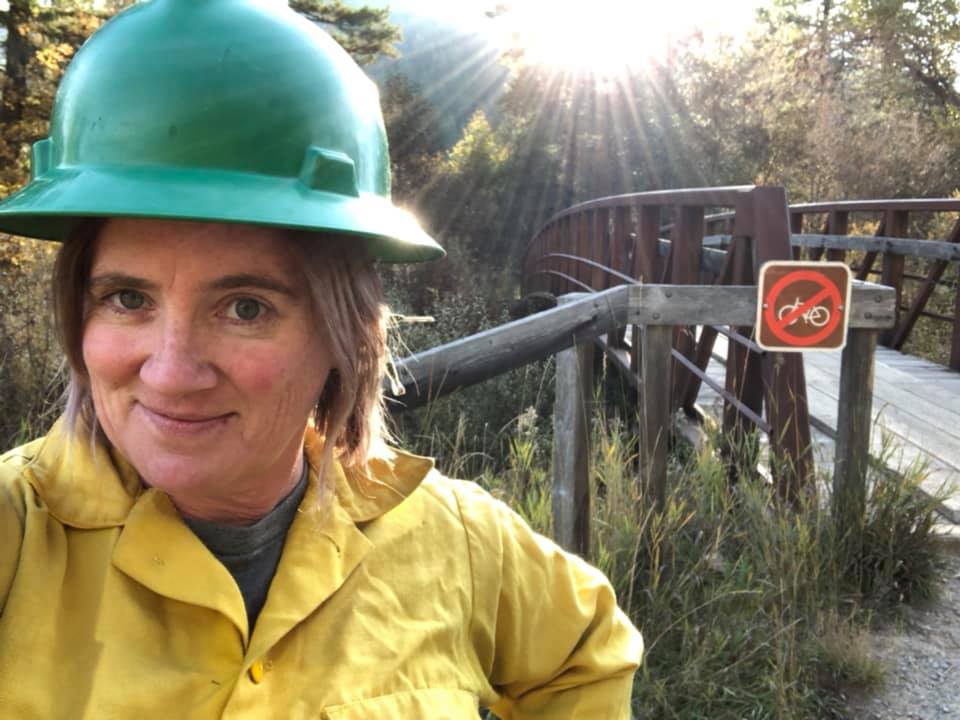
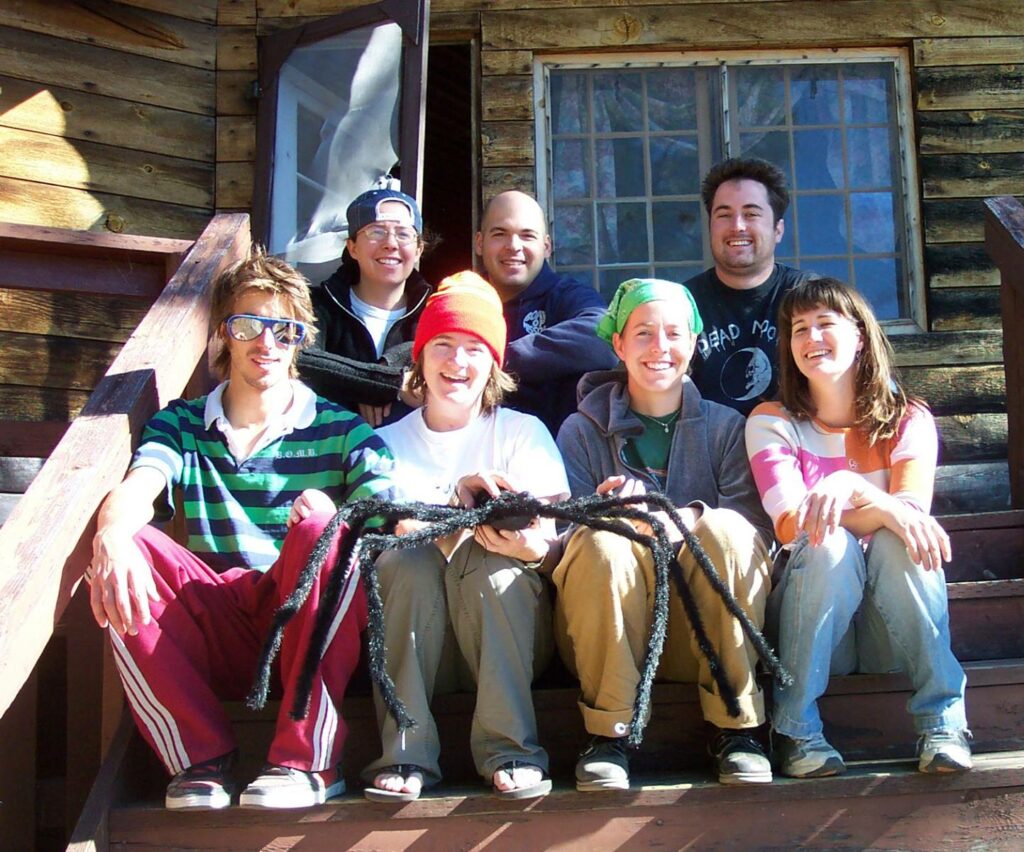
Meet the Larch
Larch trees (Larix genus) are a mix of two worlds: they belong to the pine family but behave a bit like a hardwood when it comes to their annual cycles. They’re commonly found across North America, Europe, and Asia, particularly in colder climates where they thrive. These hardy trees are perfectly suited for mountain and boreal forests, adapting beautifully to frosty winters and shorter growing seasons. In North America, Western Larch (Larix occidentalis) and Tamarack (Larix laricina) are the most common species. However, as far as we know, there actually aren’t any Tamarack in Montana. Maybe someone can prove us wrong?
Unlike most conifers, Larch trees are deciduous, meaning they shed their needles in fall, and trust me—this transformation is breathtaking. As the weather cools, these trees shift from their vibrant summer green to a glowing golden yellow before their needles drift softly to the forest floor.
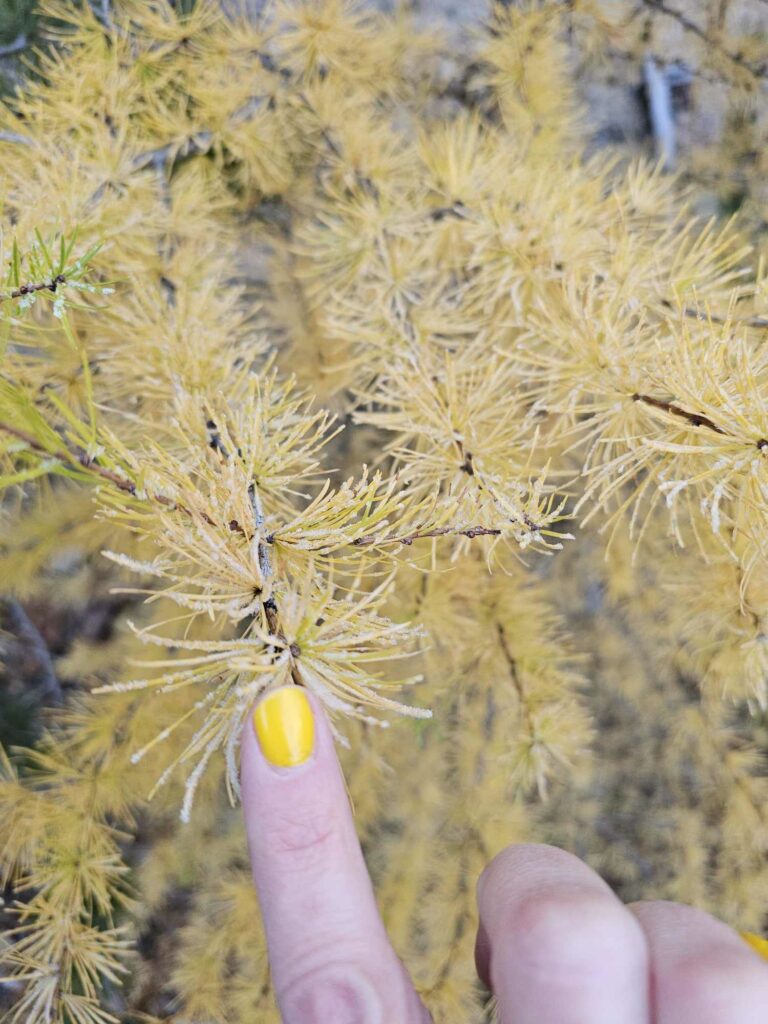
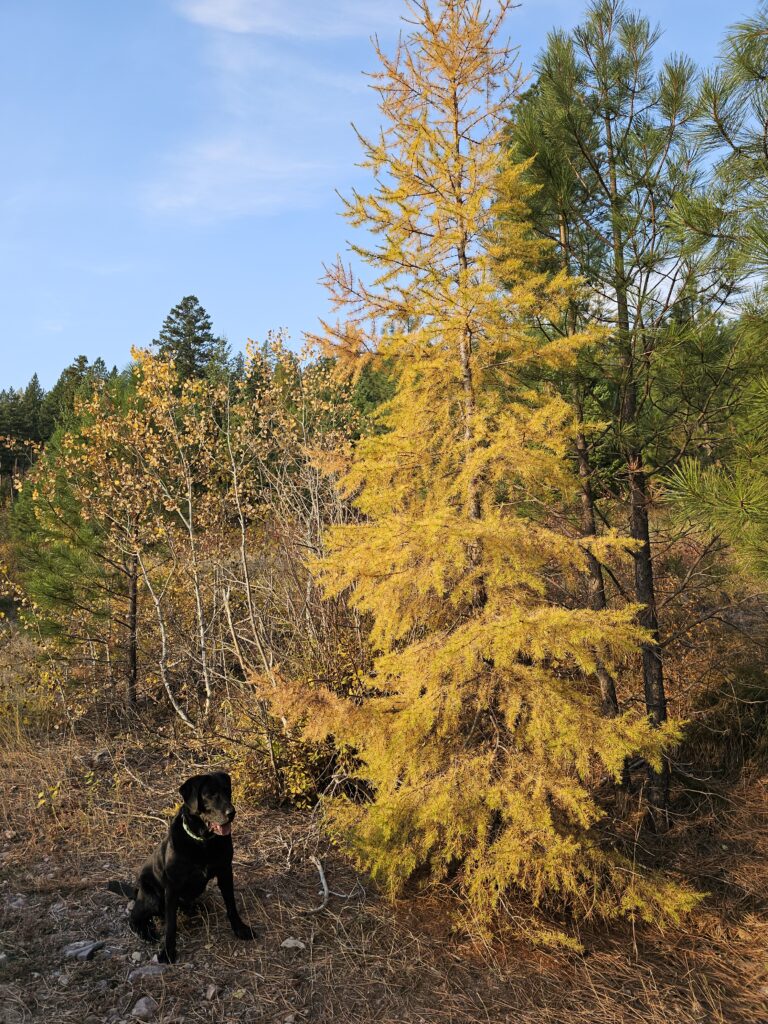
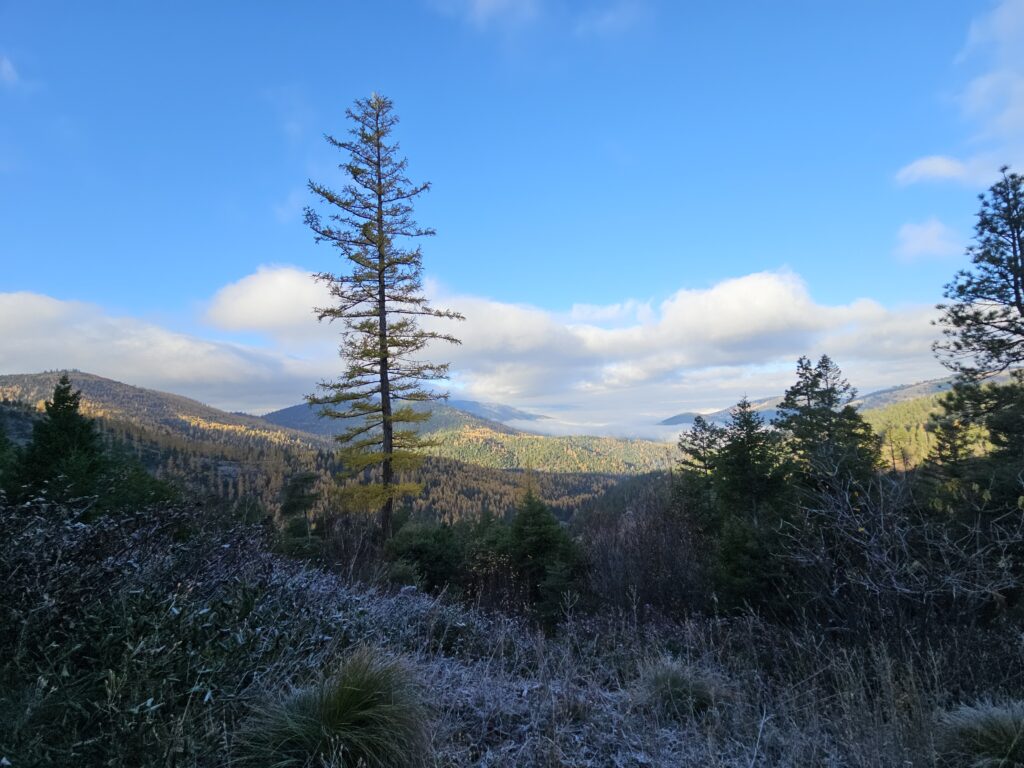
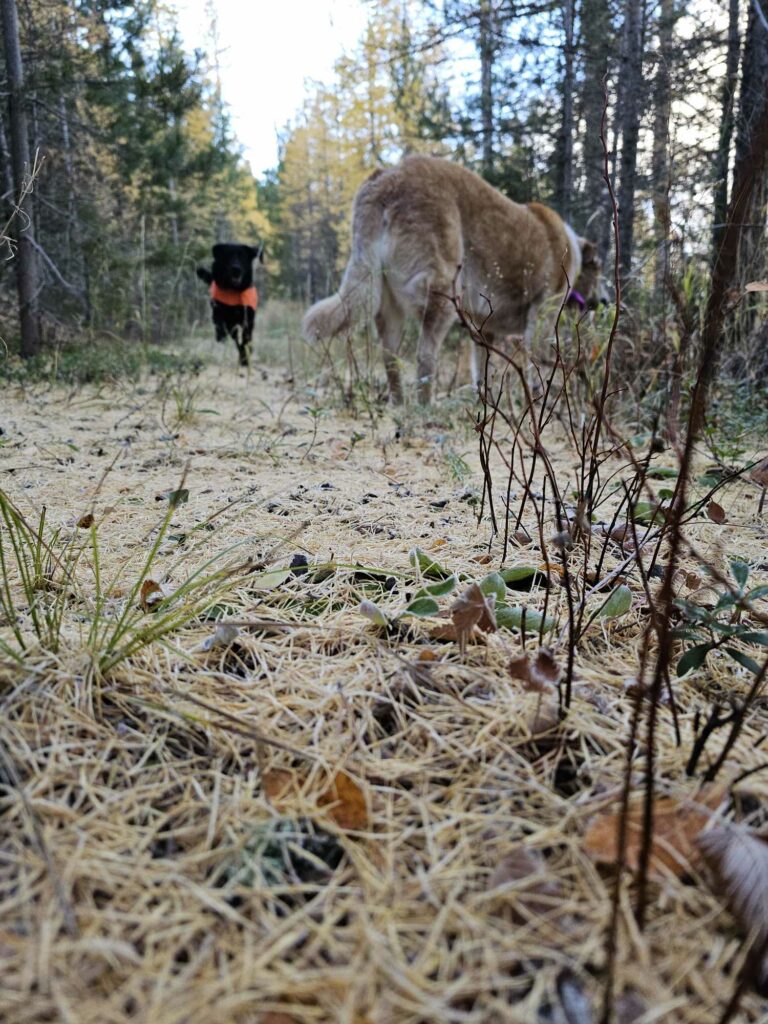
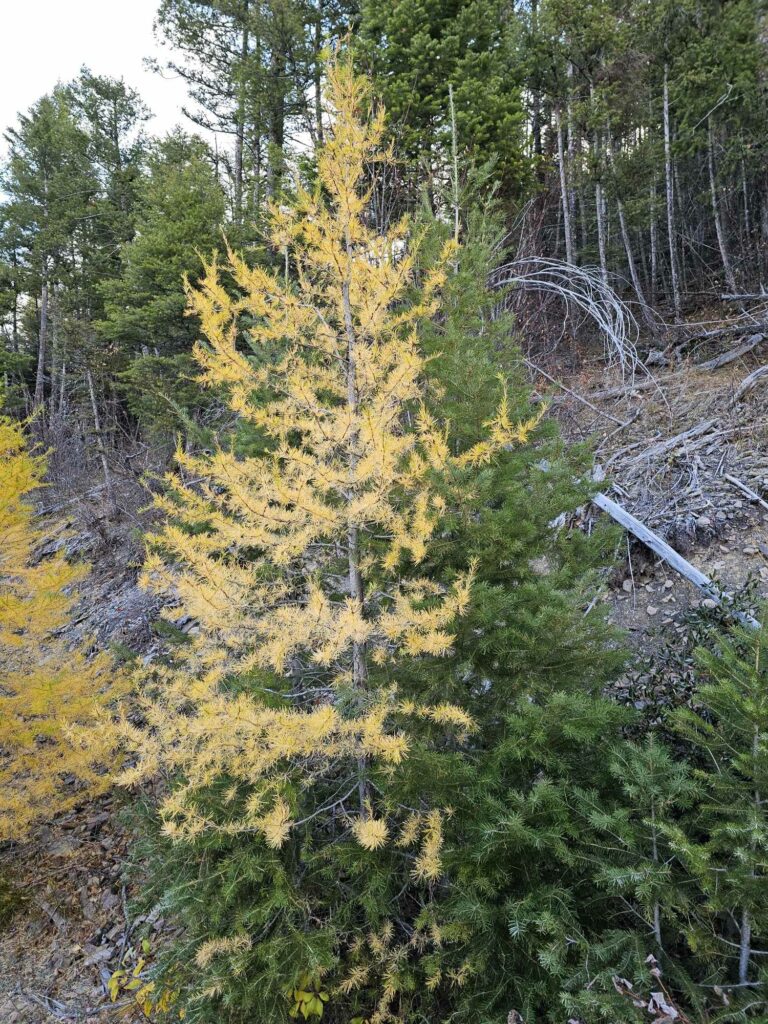
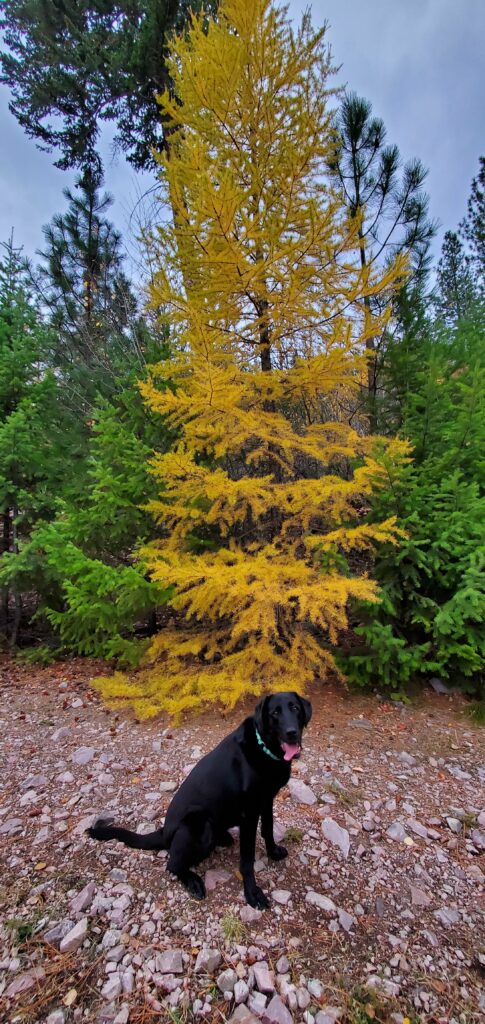
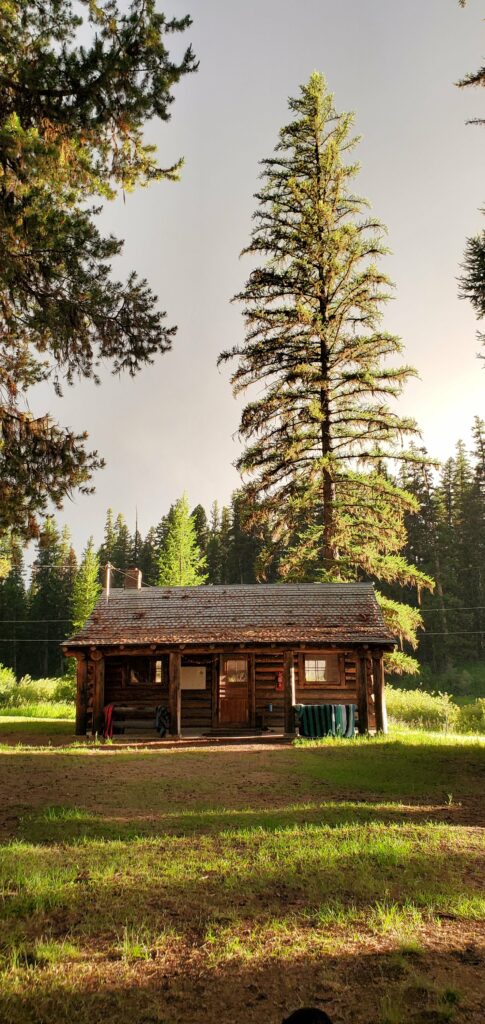
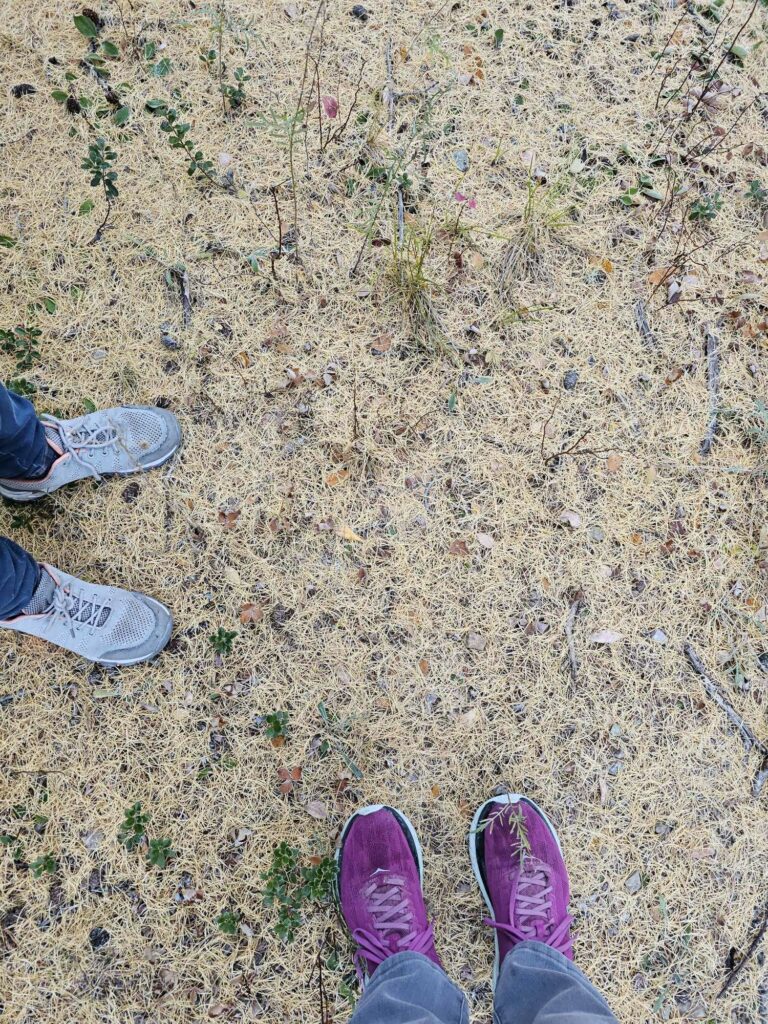
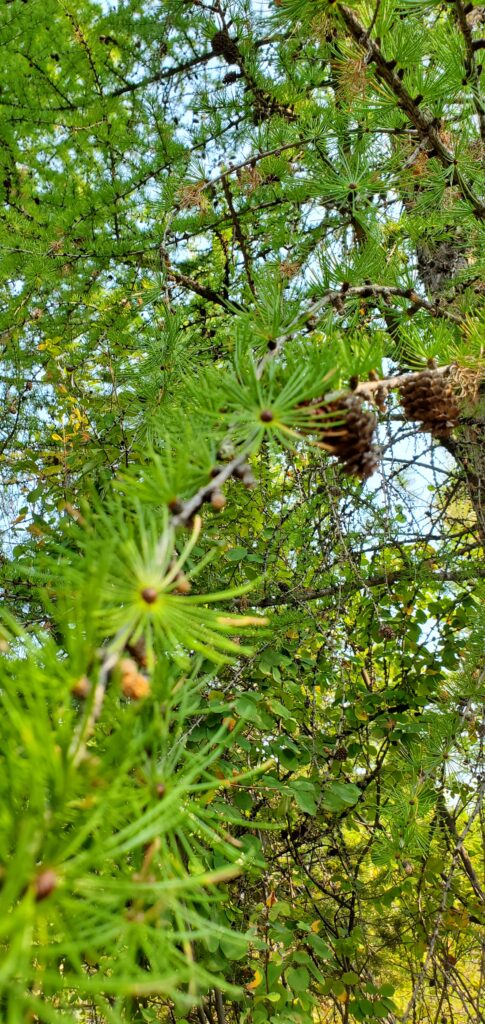
Our Family Loves the Larch
One of our favorite places in MT is on the shores of Seeley Lake, or basically any lake in the Seeley/Swan Valley. When our kids were very small we started going to Camp Paxson every summer for Family Camp (maybe you’ve seen some of our shares). We were happy to discover that a mere 1/4 mile walk from camp is the oldest Larch Champion, named Gus (just like our Gus)! We have visited this gem year after year since our kids were small. Gus stands approximately 163 feet tall and is probably 1000 years old. Freaking ONE THOUSAND? Bonkers. Check this lovely episode of field notes to learn more about Gus.
Larch Identifiers
Larch needles are soft, short, and grow in clusters, with each bundle containing 15-40 needles. They’re bright green in spring and summer, then turn golden-yellow in autumn. The bark is a reddish-brown and often scaly, adding texture to its appearance. The cones are small—just under an inch long—and stand upright on branches, often remaining on the tree through winter, adding a rustic touch to its bare branches.
Historical Uses for the Larch
The Medicinal parts of the plant are the bark, resin, young shoots and needles. Native Americans used the resin found inside the tree, also sometimes referred to as Venice Turpentine, as a salve to treat wounds and sores on the skin. They were also said to use the resin internally, *please don’t do this*, as a laxative.
Energetically a light decoction of fresh needles and young shoots can be added to a bath for stimulation. This is also not something I’ve tried, but plan to in the spring when the needles are fresh.
The Mighty
Wood from the Larch is tough and naturally water-resistant, making it a popular choice for outdoor construction and furniture. Its timber is valued for decking, fencing, and boat building because it resists rot and weathers beautifully. You should listen to Syd talk about attempts to float Larch trees down the Blackfoot River to the mill in Bonner. Her stories are the best.
The larch is a symbol of resilience and adaptability and a reminder that there is a beauty in change. I’ll leave you with another gallery of beauty, and balls.
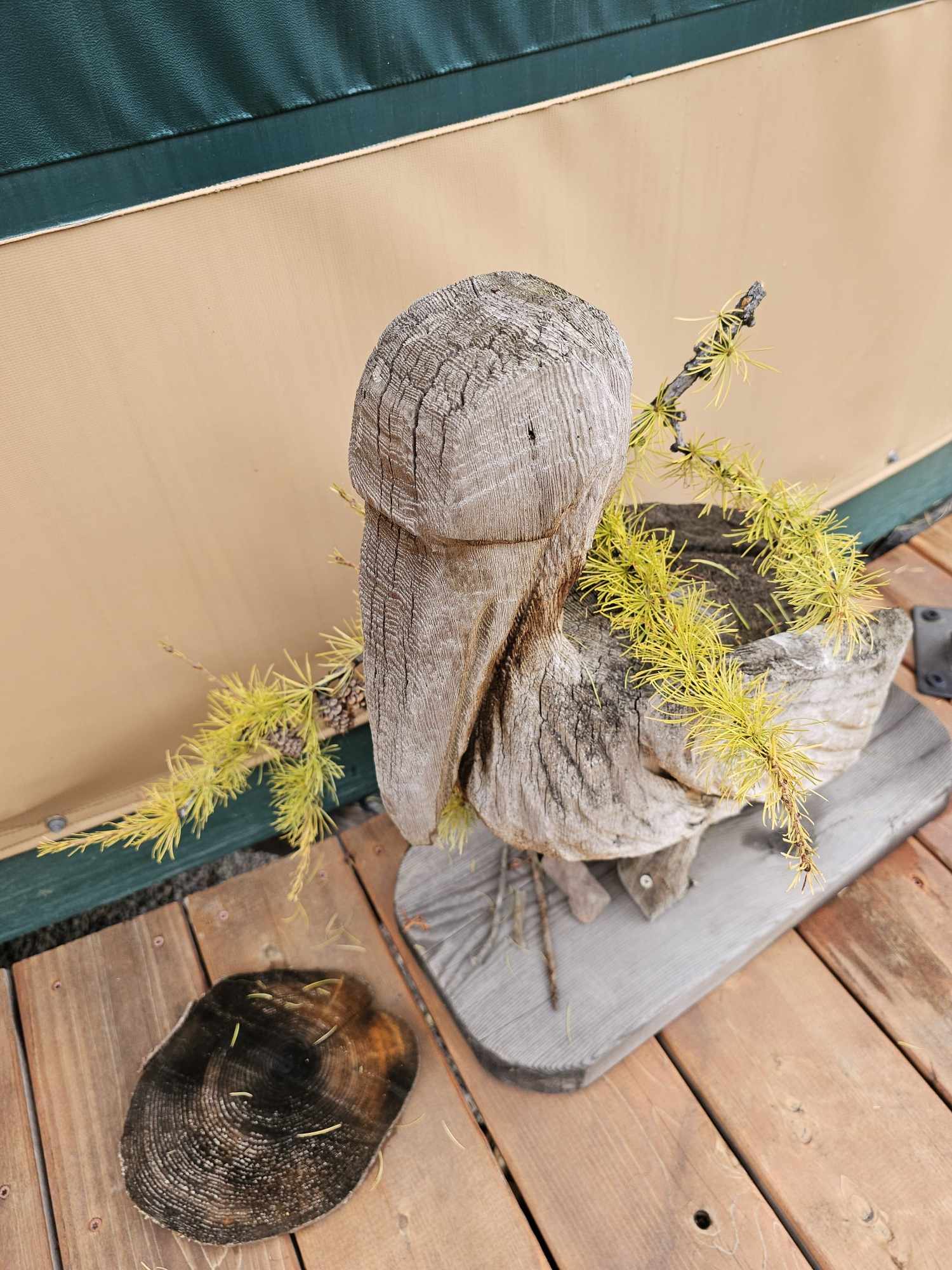
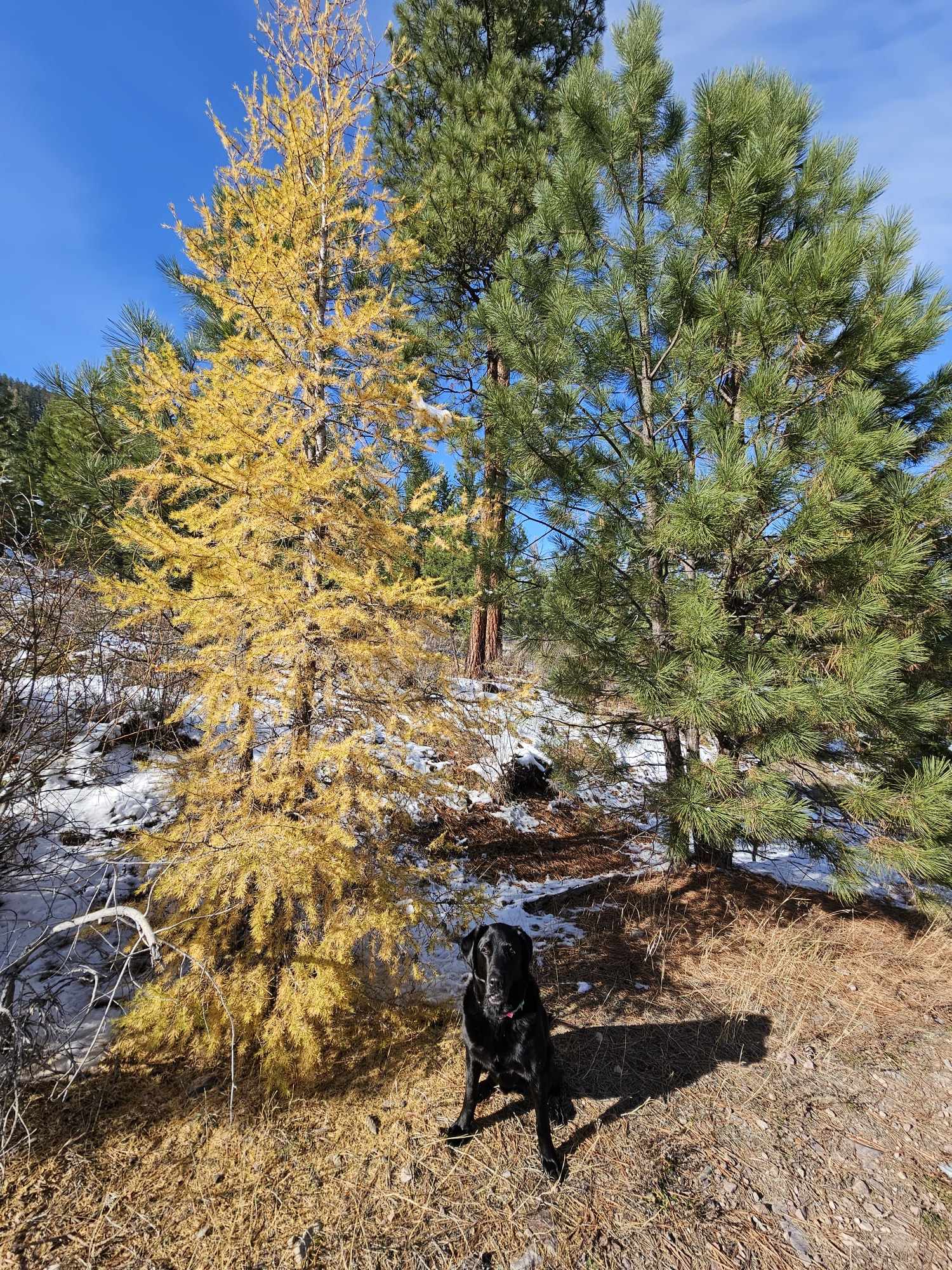
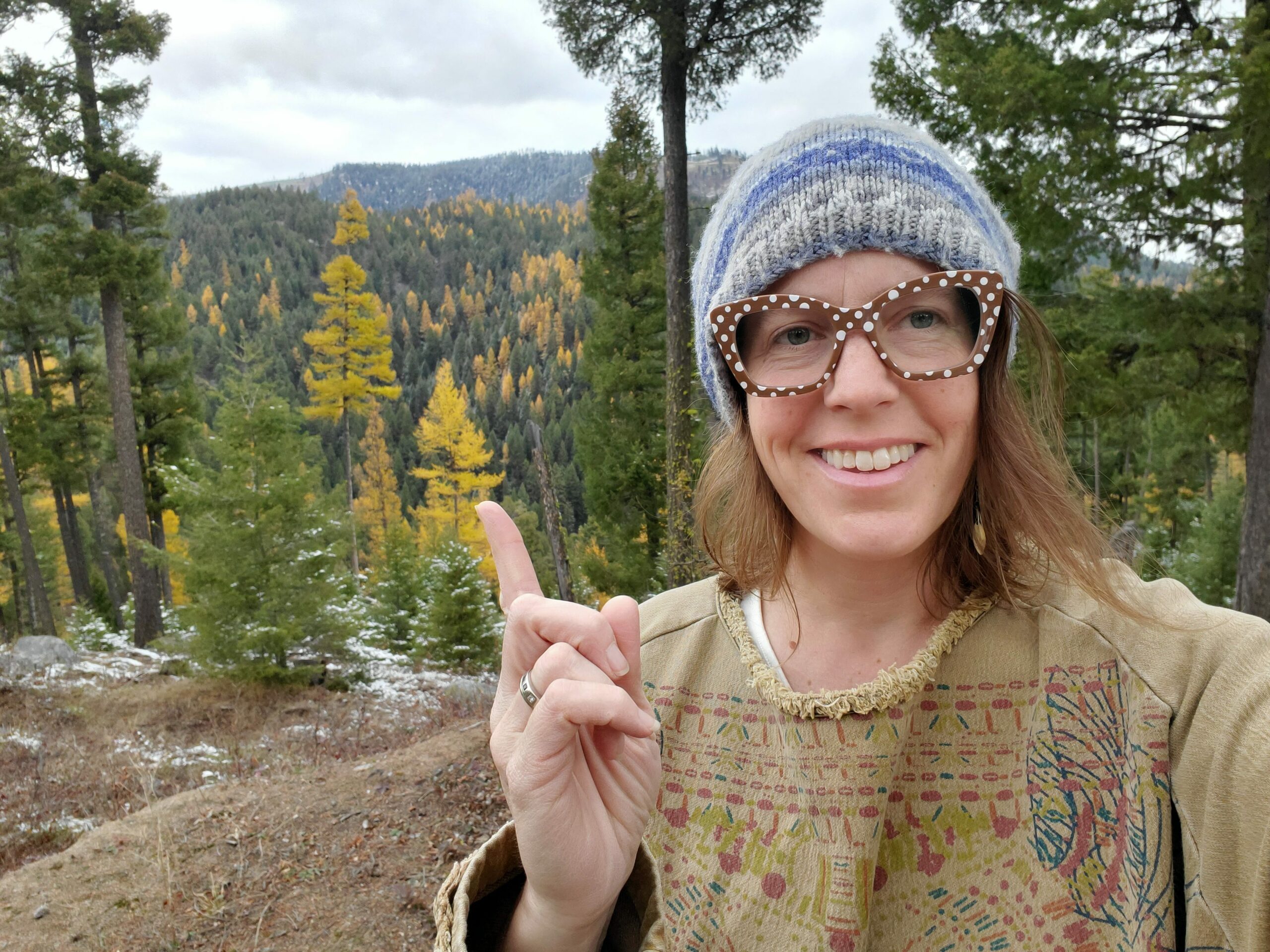
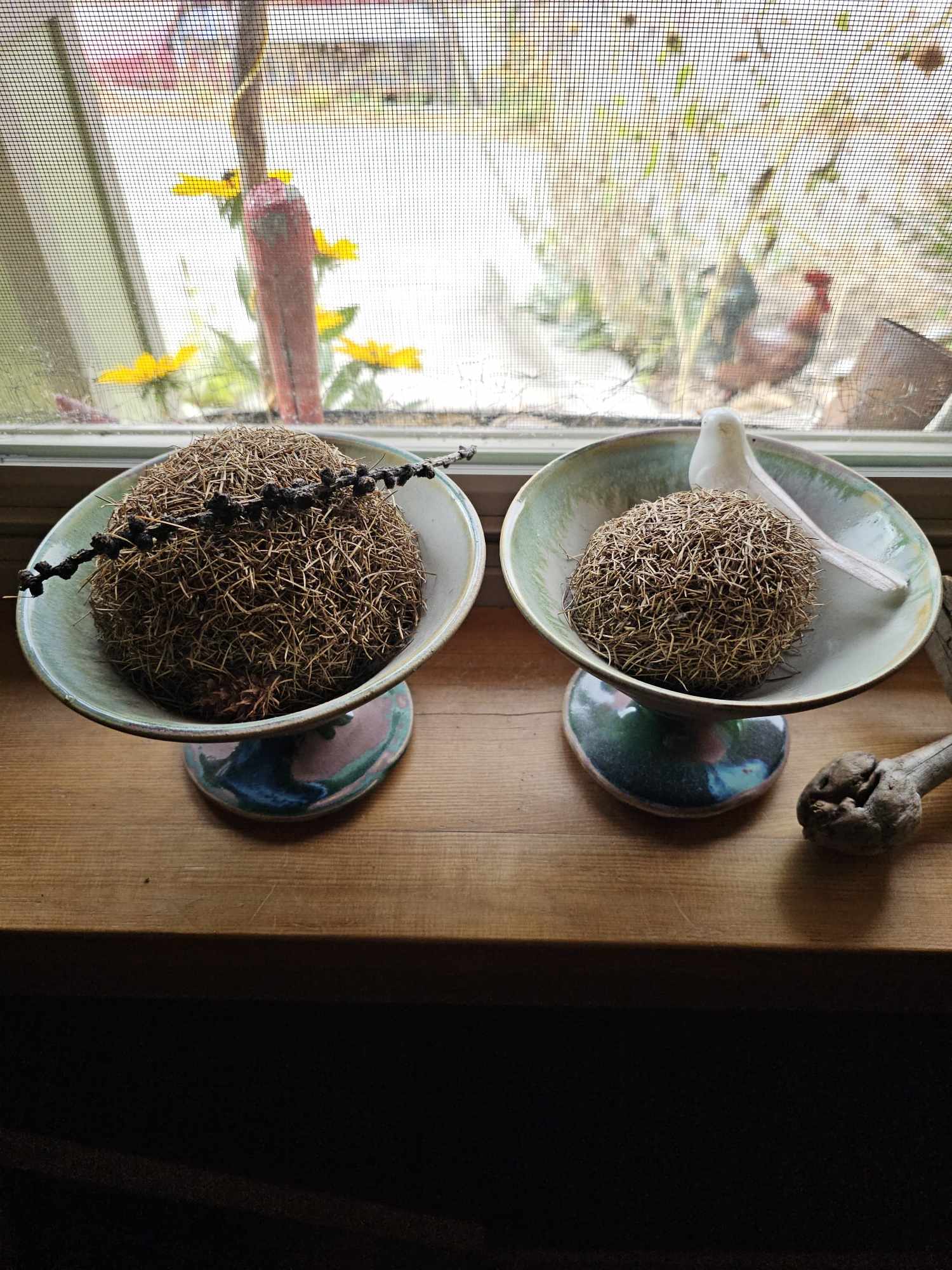
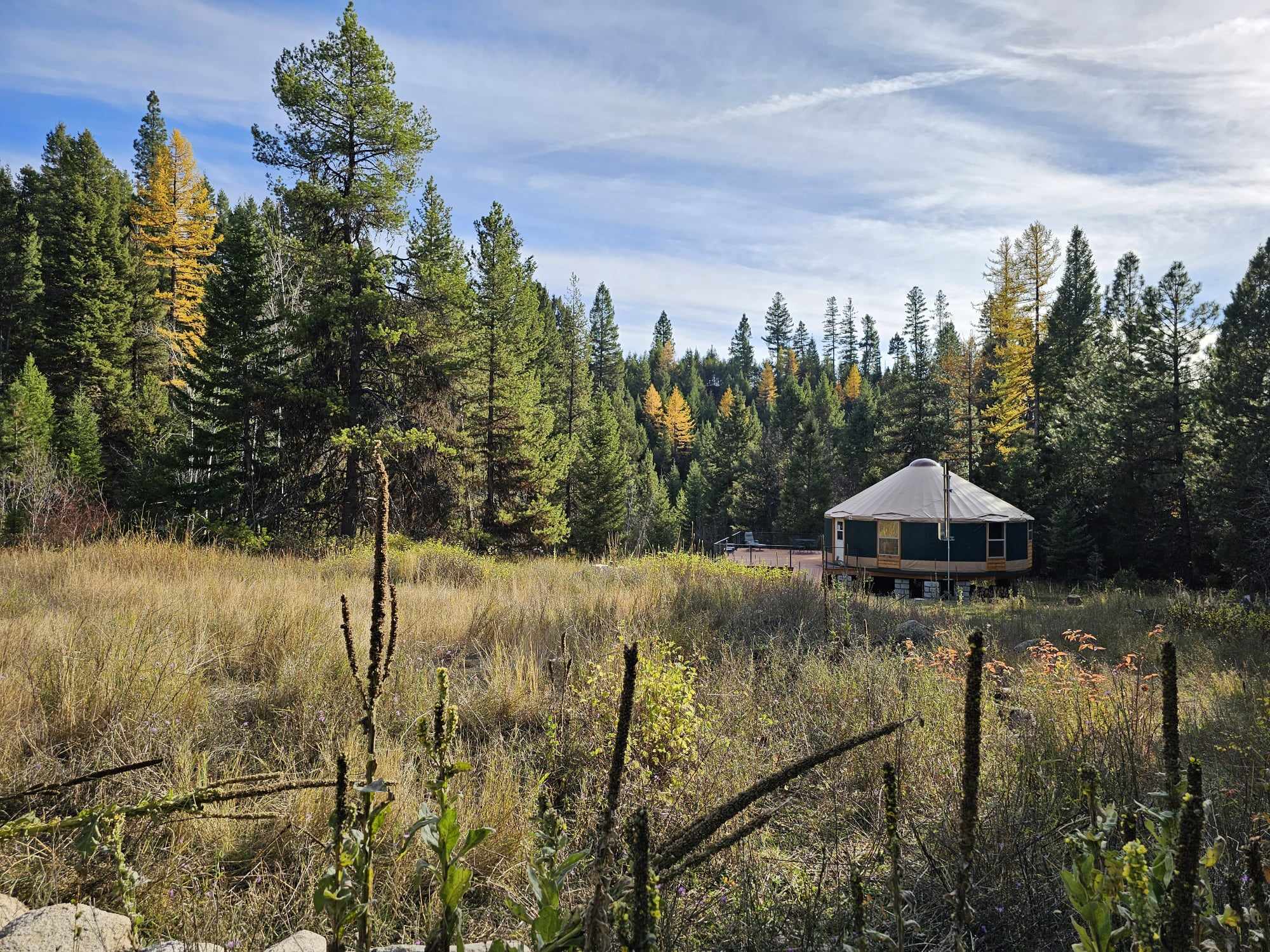
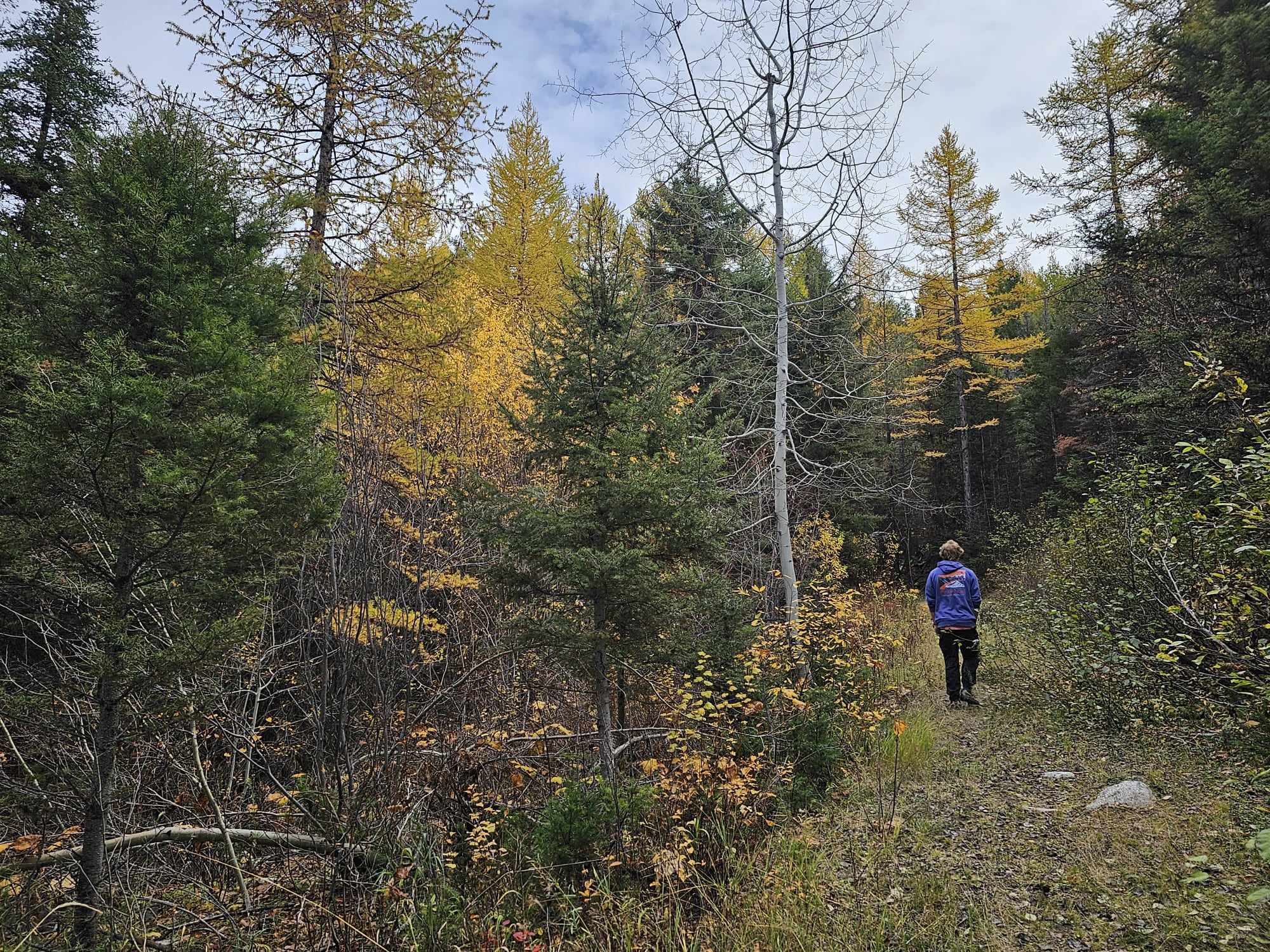
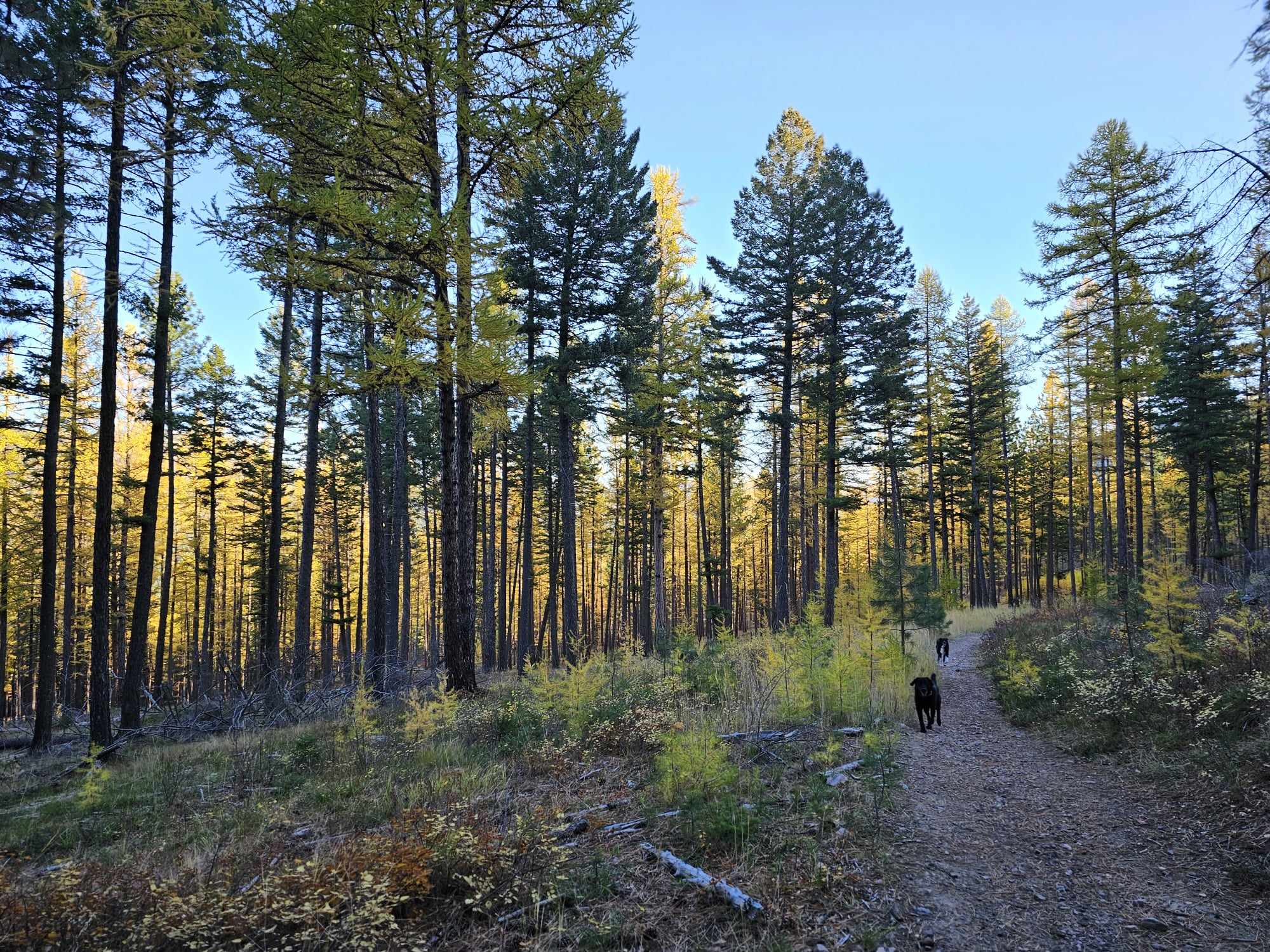
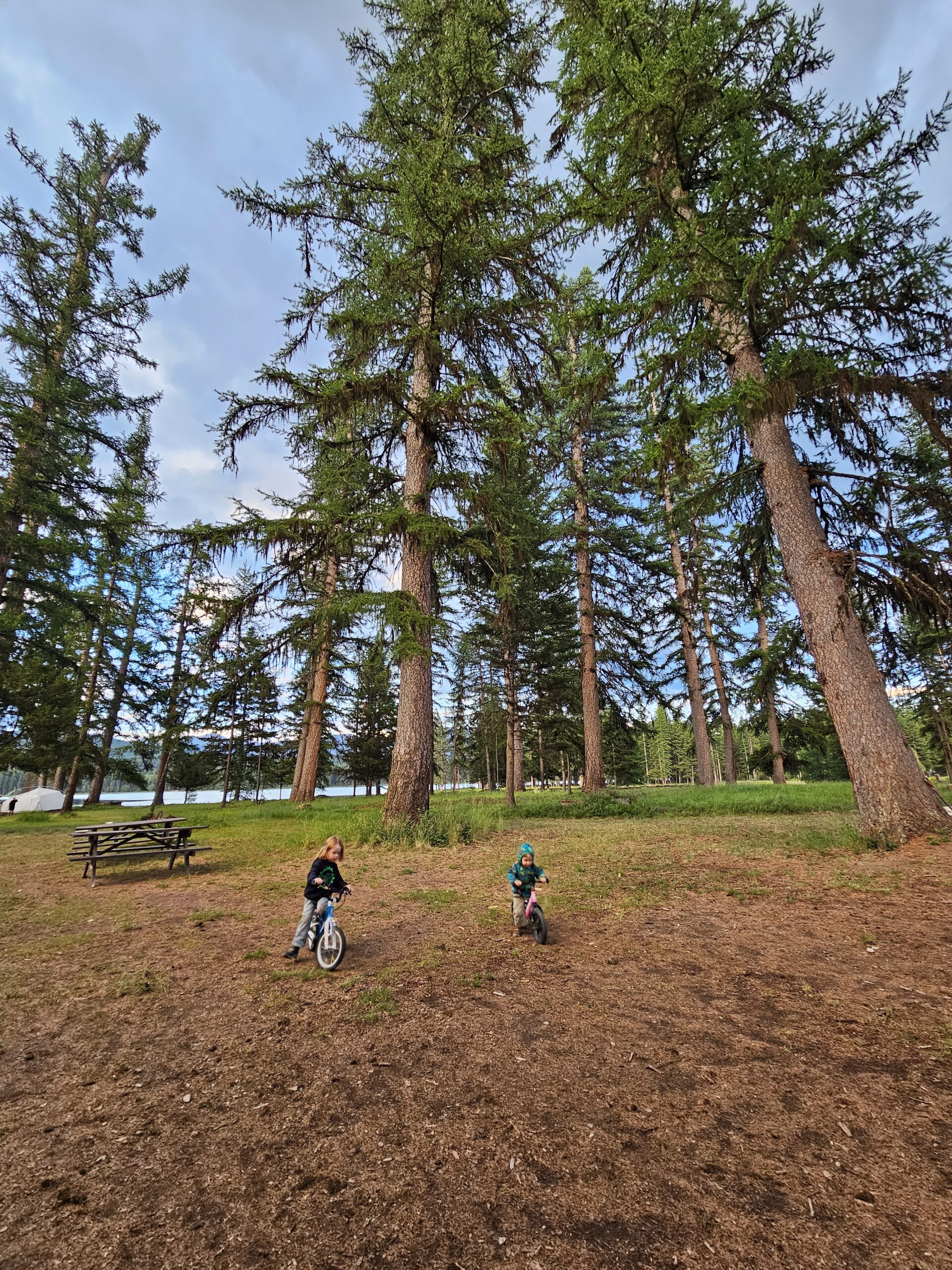
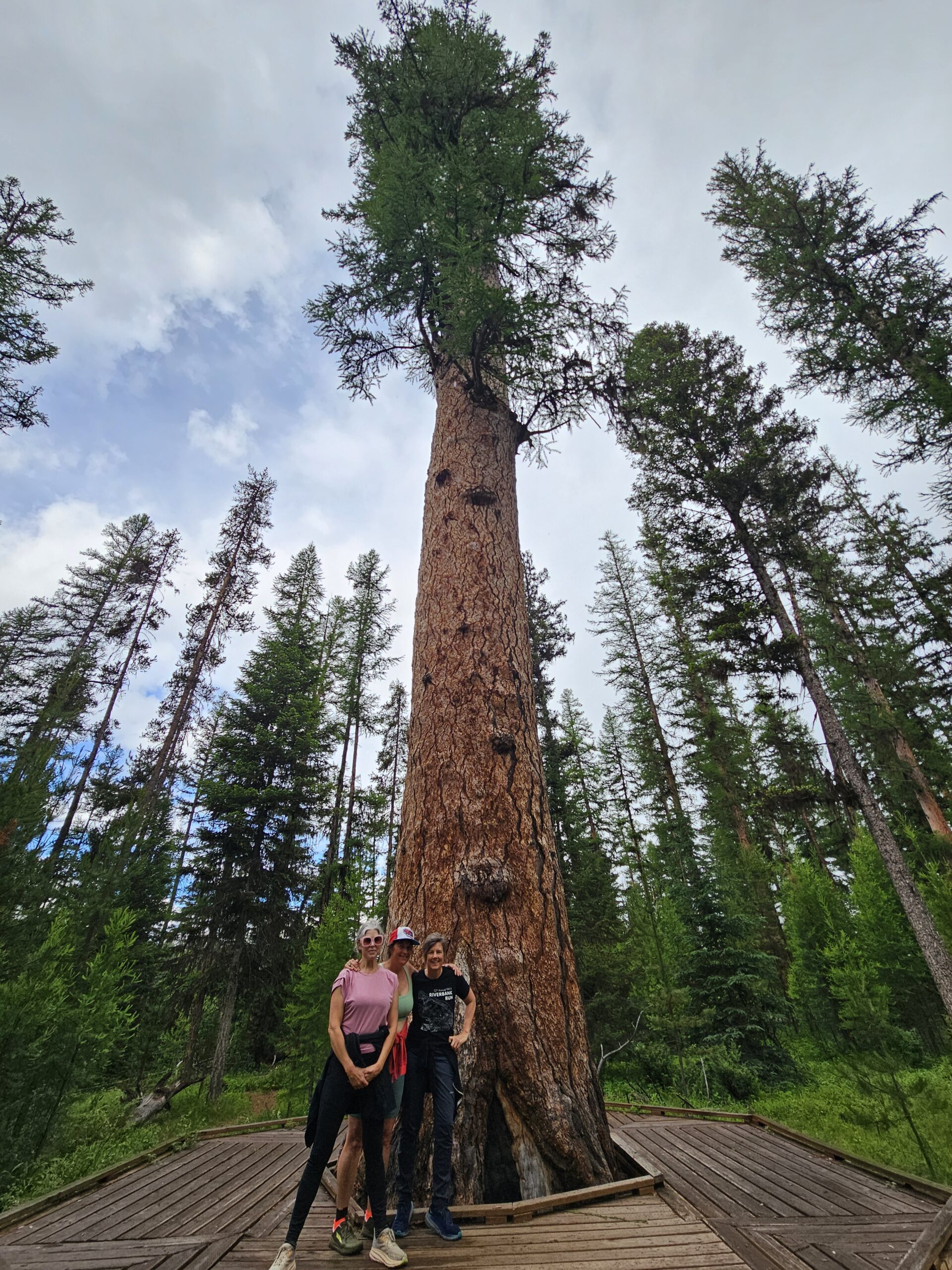
Until our next plant visit. xo
